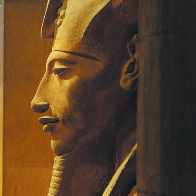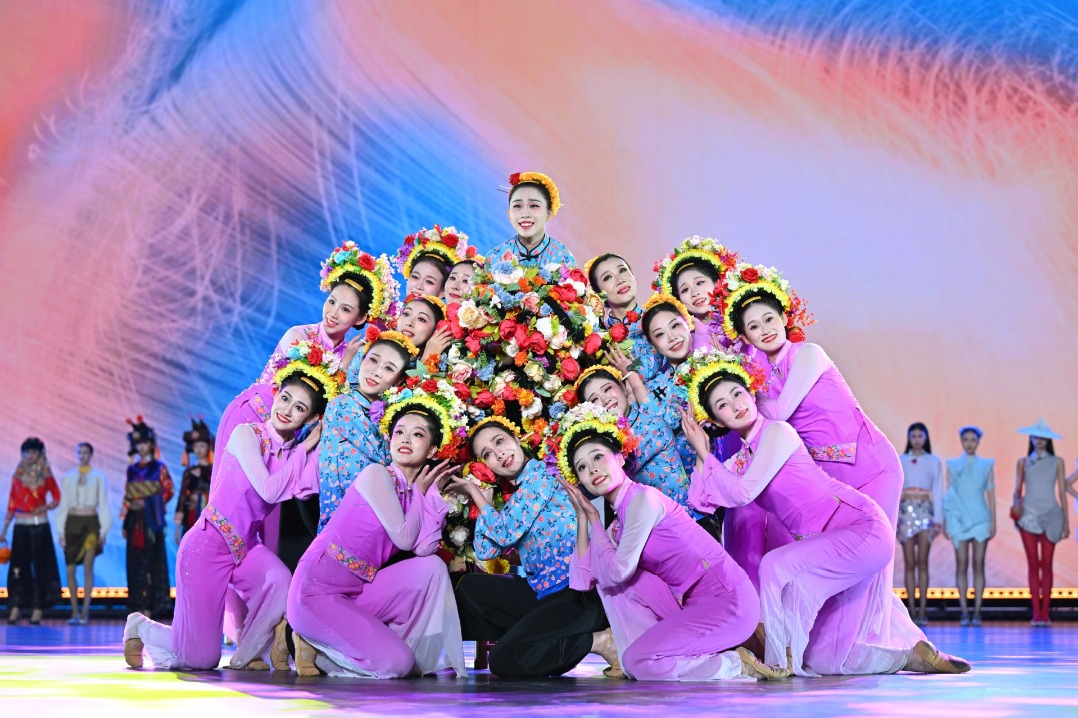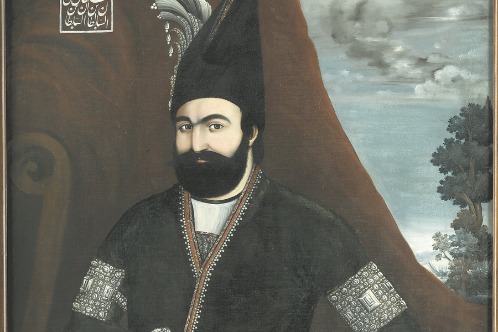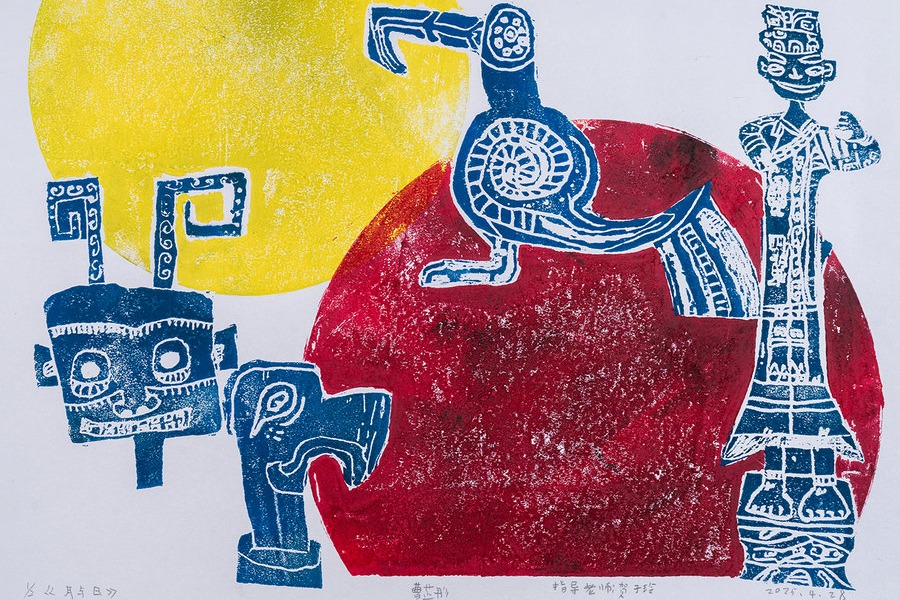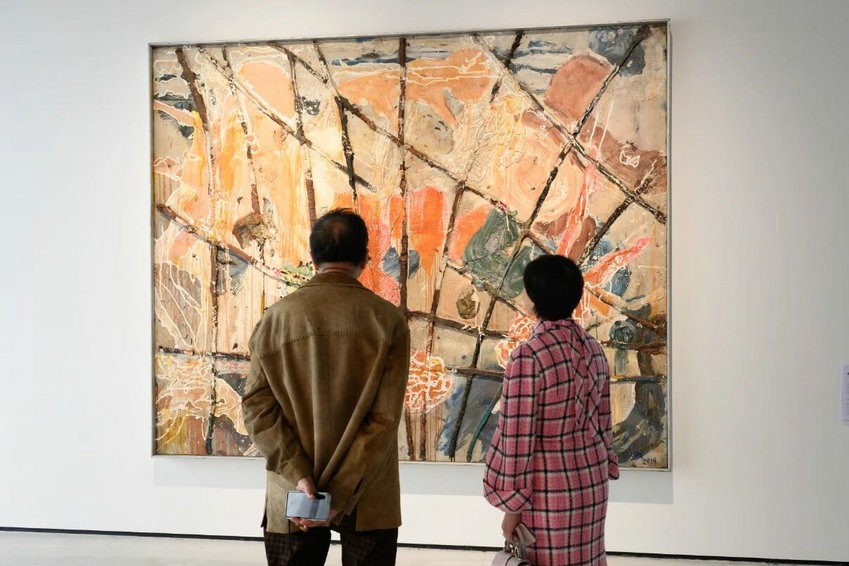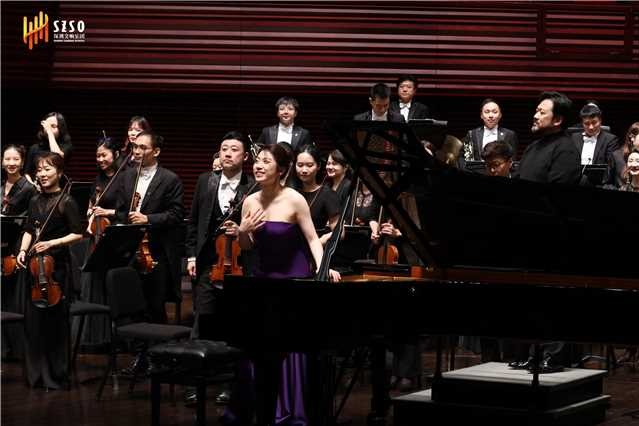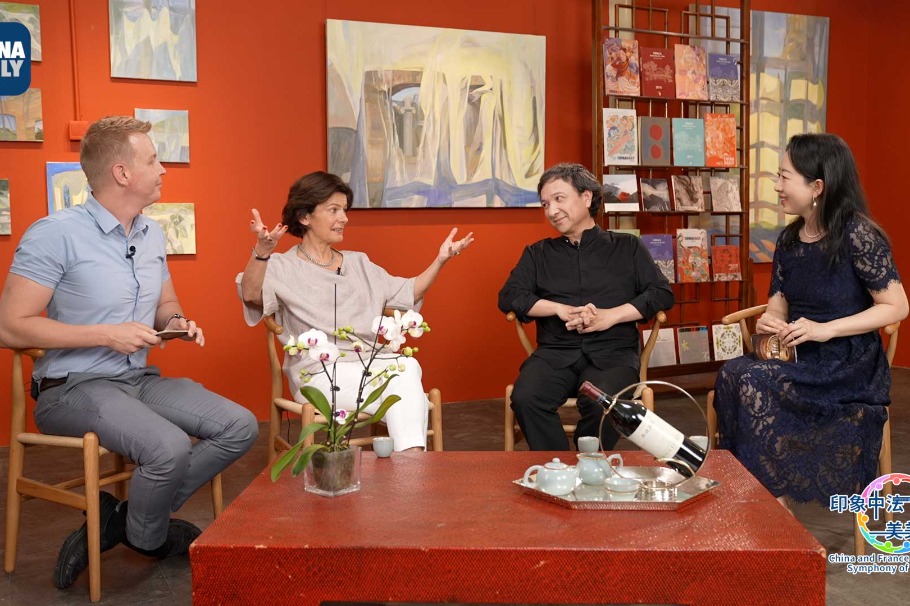Civilizations of the mind


Ancient Egyptian society was anchored by the pharaoh and upheld by priests, scribes, and artisans, while peasants and slaves labored below. Yet within this rigid hierarchy, women could rise to power. Among them was Hatshepsut, the first female pharaoh to rule Egypt as a queen in her own right between 1479 and 1458 BC.Her counterpart in ancient China might be Fu Hao, a remarkable queen of the late Shang Dynasty (c.16th century-11th century BC) who lived in the 13th century BC, and served as a general, high priestess, and political leader — an extraordinary fusion of roles rarely held by women in antiquity.
"These trailblazing women offer tantalizing glimpses into two civilizations that have many striking parallels and intriguing contrasts," says Xue, who believes that ongoing collaborations between Chinese and Egyptian archaeologists are deepening cultural ties.
Since 2018, a joint archaeological mission has been underway at the Montu Temple in Luxor's Karnak Complex, in southern Egypt. In 2023, a major initiative led by the Shanghai International Studies University and Egypt's Supreme Council of Antiquities began digitally scanning, photographing, and researching around 1,000 wooden coffins unearthed in Saqqara, south of Cairo, using AI and database technology. Xue, a researcher of Egyptian history and art at the university, is leading the Chinese team on the Saqqara project.
The two nations are also co-nominating the Baiheliang Inscriptions in China and the Nilometer on Egypt's Roda Island for UNESCO World Heritage status — two ancient hydrological sites that reflect their shared emphasis on water management.


